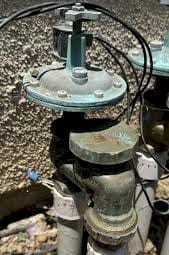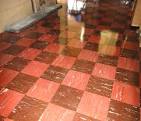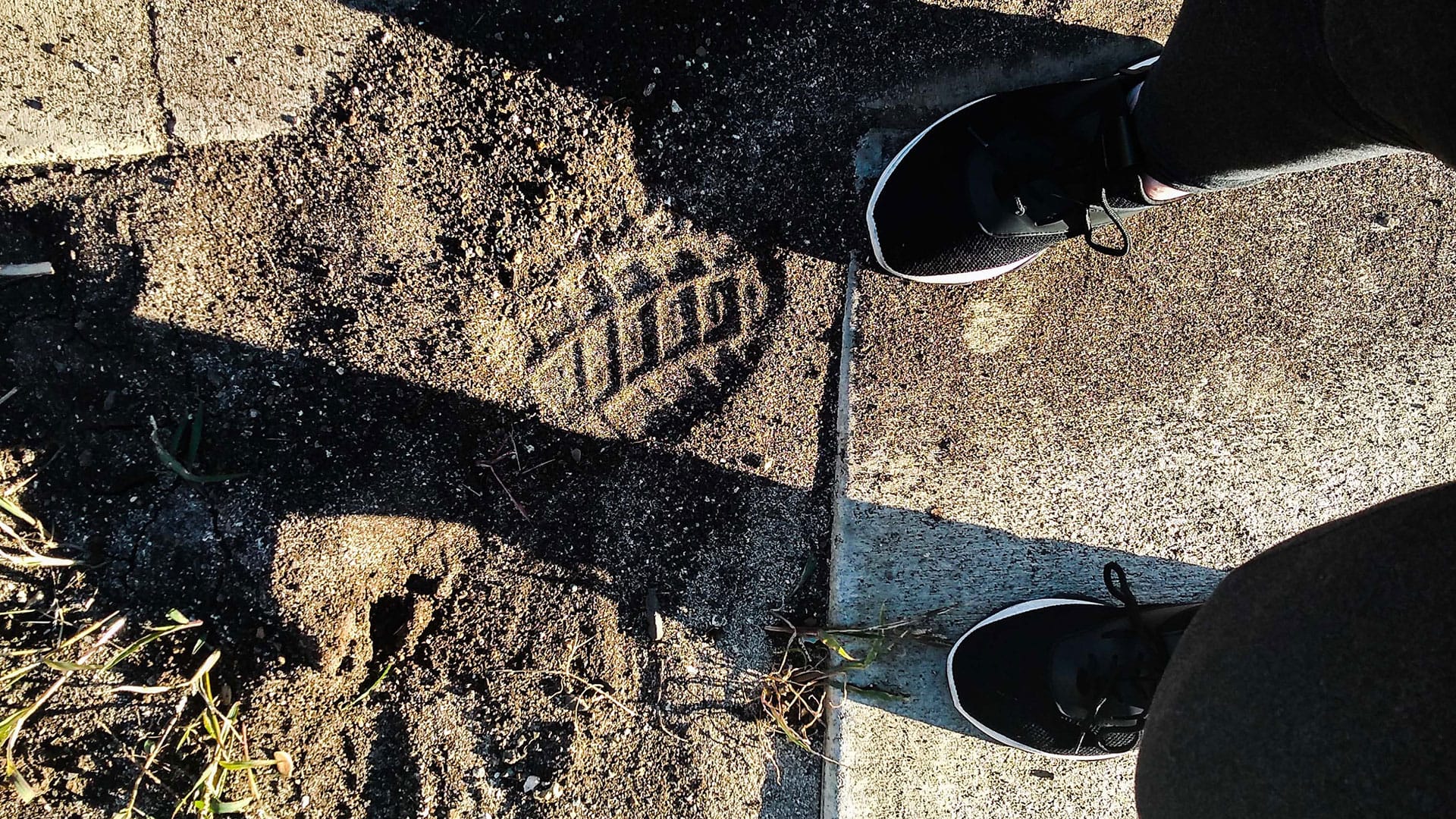Why Post-Fire Soil Sampling Matters — And How to Do It Smartly
Published June 11, 2025
I’ve been talking with Dr. Stephen Baruch and Dr. Edward Faeder.
If your home was affected by the recent fires, you’re likely facing a long and emotional recovery process. One important — but often overlooked — step in rebuilding or returning safely is post cleanup soil sampling.
There’s been ongoing debate about the Army Corps of Engineers’ cleanup efforts, particularly focusing on the removal of the top 5–6 inches of soil from fire-damaged properties. Many homeowners have voiced concerns over the lack of proper soil testing during this process and after the completion of the process.
The truth is, post remediation soil testing absolutely make sense. And when done strategically, it can be a critical part of protecting your health, your family, and your future home. If you’re considering soil sampling, here are some practical suggestions and key areas to examine as you walk your property — even if your house is still standing.
First, document the locations you have chosen to test, the reasons for your concern, then figure
out who to contact, and how much it would cost.
1. Car Location and Battery Hazards
Think about where your car was parked. Was it destroyed or heavily damaged? If so, check whether the lead-acid battery was compromised — and note that location.
Was it an all electric vehicle, or a hybrid electric vehicle? If the lithium-ion battery burned or melted, do not touch it, but be sure to mark the area. Burned batteries can leach hazardous heavy metals into the soil.
2. Medicine Cabinet Location
If your home was destroyed, or partially destroyed, try to identify where your medicine cabinet was located. Pharmaceuticals can react and form harmful new chemicals when burned and may pose contamination risks transferred into the surrounding soil.
3. Hazardous Household Cleaners
Where did you keep chemical cleaners, such as, Draino, hydrogen peroxide, or bleach? These substances, when exposed to high heat or fire, can create toxic byproducts. Make note of these storage areas for targeted soil sampling.
4. PVC Irrigation Pipes and Antisiphon Valves
PVC pipes, commonly used in lawn sprinkler systems, are made from polymerized vinyl chloride, a known human carcinogen. When PVC burns, it can release vinyl chloride, and form toxic chemicals, including dioxins, phosgene, hydrochloric acid, and carbon monoxide into the air and soil. Harmful levels can be present in untreated or unremoved soil.
Find and mark the locations of your antisiphon valves and buried PVC sprinkler lines, often located near your home’s exterior.

5. Pool Chemicals
If you store chlorine tablets or other pool chemicals on-site, these can also pose contamination risks when burned. Make sure to include this location in your sampling plan.
6. HVAC Systems and Air Ducts
Even if your home is still standing, smoke and particulate matter can settle in your air conditioning and heating ducts. Consider having the system professionally cleaned and replacing filters with HEPA or carbon filters to improve indoor air quality.
7. Potential Asbestos Exposure
If your home was built before 1980, it may have asbestos-containing floor tiles, often in sizes like 9”x9”, 12”x12”, or 18”x18”. These tiles — and the black mastic (glue) used underneath — can release asbestos fibers when burned. Be especially cautious in identifying and testing these areas. Asbestos can also be present in wall board and window grout.

8. Access to Your Home
Consider the path you usually take to enter your home. Retrace and document your steps—note where you walk, what you step on, and what you might be carrying with you. This is often the same route that outdoor soil contaminants can travel indoors. Being aware of this pathway is a simple but important step toward minimizing the risk of tracking pollution into your living space.
9. Has your house REALLY been cleaned?
Think about the attic. The furniture. The spaces where your family and guests spend time. These are all potential high-contact areas—and they may also be long-term exposure risks. It’s important to consider where people may come into contact with surfaces or breathe in lingering contaminants. Simply being mindful of these areas is the first step, and it’s worth discussing them with an exposure professional.
One more critical point: When we oversee cleanup protocols, we often recommend a follow-up inspection by a third party—someone who was not involved in the actual cleanup. This independent verification ensures the work was done thoroughly and correctly. After all, this is your home. Confirming that it’s truly clean isn’t just about peace of mind—it’s about protecting your health, and that of your family and visitors.
10. And don’t forget the Yard—both front and back
Has it been thoroughly cleaned? Think about where you and your family spend time outdoors. Do you dig in the soil, plant a garden, harvest vegetables, or pick flowers? These are all high-contact activities that may pose long-term exposure risks if the soil is contaminated. Such areas should be carefully considered—and tested, when appropriate—after consulting with an exposure professional.
We use the term “exposure professional” broadly. In our experience, Certified Industrial Hygienists (CIHs) often bring the most relevant training and expertise. That said, there are other qualified professionals with the necessary skills. For this reason, we avoid making blanket endorsements and instead encourage thoughtful selection based on qualifications and experience.
Final Thoughts
Soil sampling isn’t just about science — it’s about safety. Being strategic in identifying potential contamination zones gives you a more accurate understanding of your property’s condition and helps you make informed decisions as you rebuild or move back in.
If you’re unsure where to start, consult with an environmental engineer or soil remediation expert, and arrange for testing, while Certified Industrial Hygienists are a safe bet, use your judgement. And remember: identifying these hot spots now can help safeguard your health, your home, and your family for years to come.
Give us a call at 818-907-6565 or email advisors@environmental-advisors.com.
Copyright Environmental Advisors, Inc.